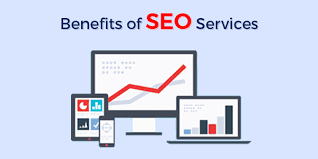Context vs Content Marketing
What's the Difference Between Context and Content Marketing? If content reigns supreme, context reigns supreme. To win a game of chess, you must keep your king alive, but you will have more success if your queen is active.
Let's go over it again:
Content

Context

The hour of the day
The title of a person's job
The start of a fiscal year for a
company
Context also includes whether or not a person is aware of your organization. Context can apply to situations that are very intimate and detailed, but it can also apply to situations that are broad in scope. The coronavirus epidemic gave several firms' marketing strategies a whole new meaning. Seasonality and community traditions serve as backdrops for small companies attempting to attract customers.
You have no influence over a
person's individual situation as a marketer. However, by choosing the
circumstances in which your material is shared, you may have influence over the
context in which it is received with the correct tools and strategy.
What Is
Context Marketing and How Does It Work?

Because we are all surrounded by an unending amount of content on a daily basis, it is more vital than content marketing alone. Every day, we are exposed to thousands of advertisements; as a result, their impact on the ordinary consumer diminishes.
Context marketing gives your content a
new depth, allowing viewers to connect with it on a more personal way. It
refers to a certain problem they're having or a particular interest they have.

To develop your context marketing
strategy, follow these steps:
1.
Recognize your target
market
- The most essential aspect of the real-world marketing activities we examined
was that each brand had a thorough understanding of their target customer.
They'd spent a lot of time thinking about what these folks were probably
thinking. Now is the moment to create specific customer profiles and targeted
audience samples if you don't already have them.
2.
Consider their
problems and roadblocks -
The goal of context marketing is to make the buyer's journey more
intuitive and simpler. Find out why individuals get stuck in the sales funnel
and where they get stuck. Use this information to generate suggestions about
how to assist them in overcoming these challenges.
3. Create content that is helpful

Final
Thought –
Instead, it's up to us as
marketers to ensure that our consumers are seeing material that they care
about, in a style that resonates with them, and at the correct time in their
life. It's at this point that content marketing transforms into context
marketing.
For all these types of services
you can join Appdid and for more information about us you can visit us on – www.appdid.com.



Comments
Post a Comment